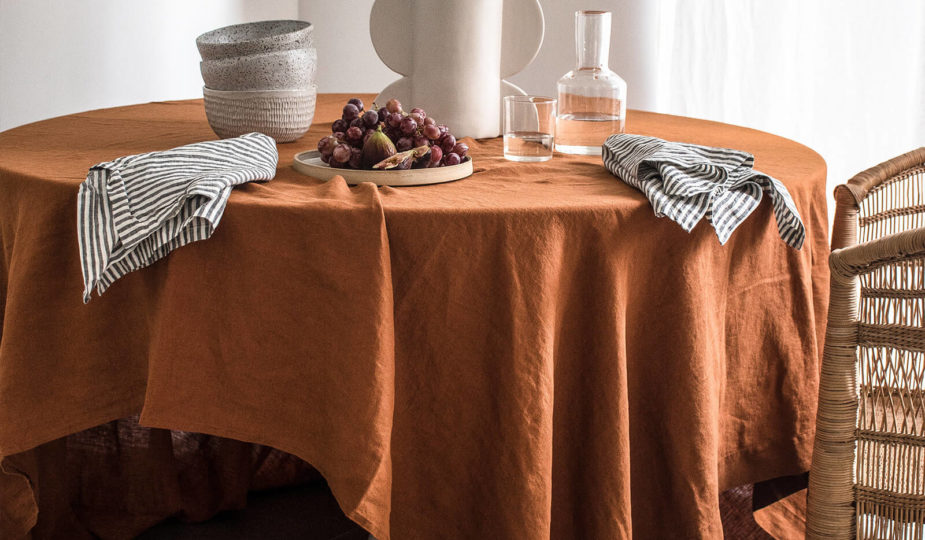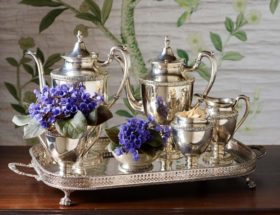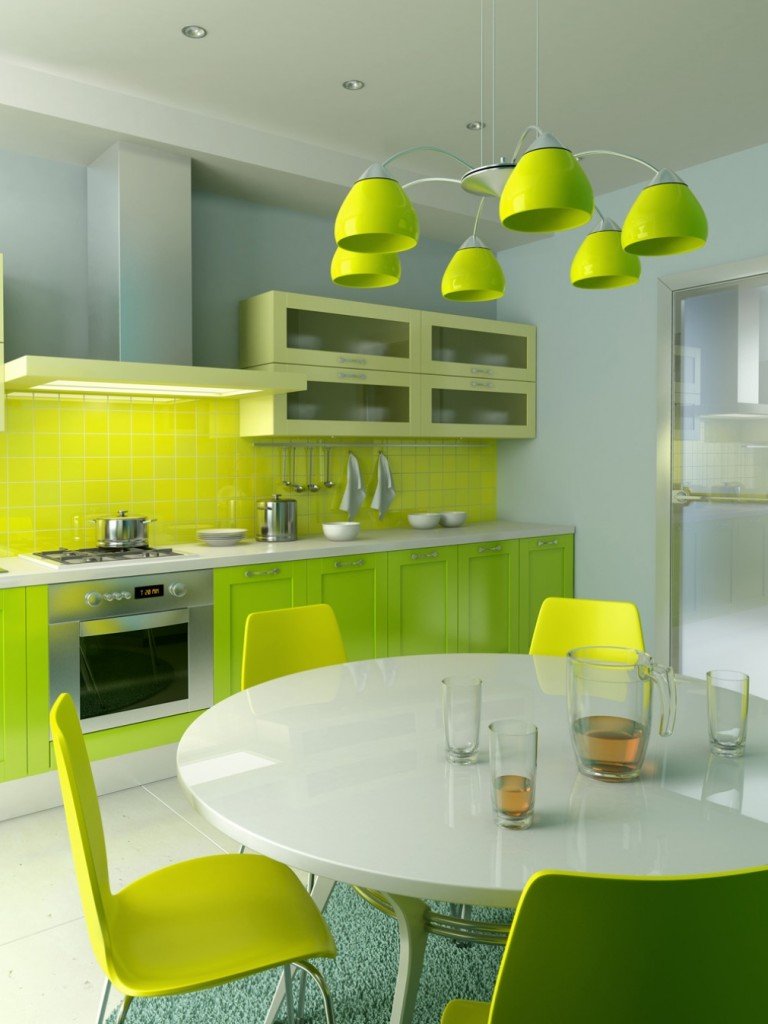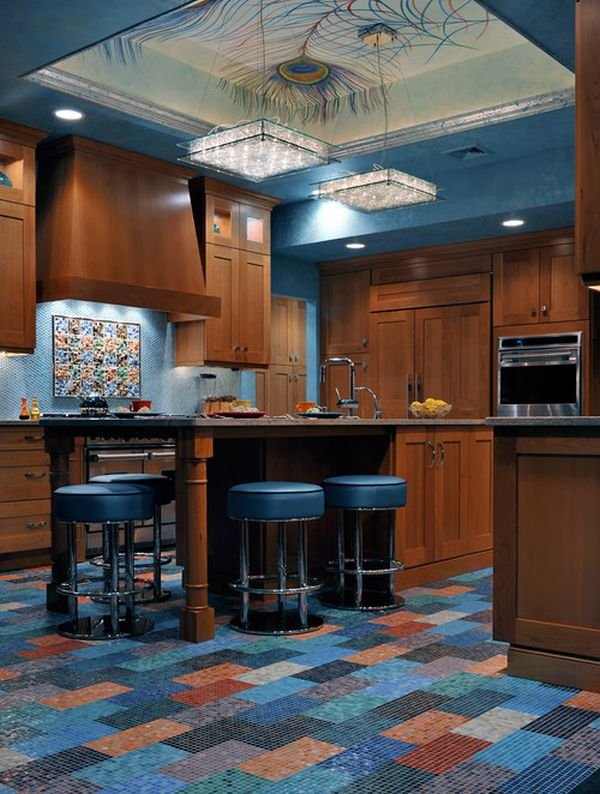Show off table linen like new with these tricks to remove the most difficult stains. The results will surprise you. The tablecloth is one of the household linen items that stains the most. No tablecloth can withstand a single meal clean. Stains from drinks, sauces, creams, or markers (if you have children at home, you will know what I am talking about) are the most common, and it is a headache to keep them without the happy stains that even after 10 washes do not disappear.
Check out our top tips for removing tough stains from clothing and home textiles.
1- Learn how to remove stains from cloth tablecloth

But do not stop putting your favorite textiles for fear of getting dirty. Eliminate stains quickly and easily, and wear one of these 30 beautiful and original tablecloths to decorate your table.
HOW TO REMOVE STAINS FROM TABLECLOTH
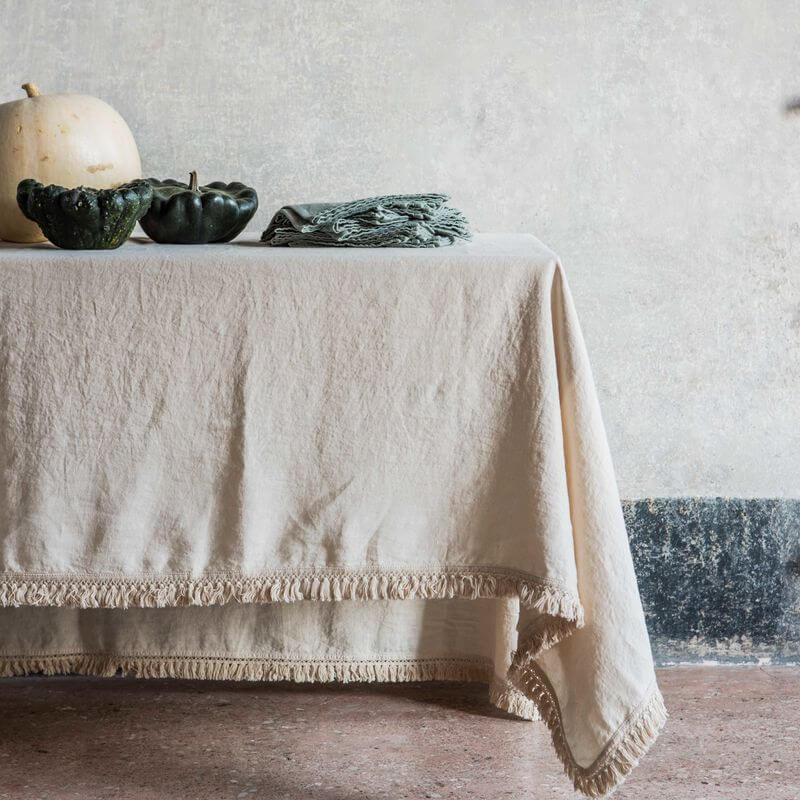
When we receive at home, we care in every detail to decorate the table, especially in the selection of beautiful textiles and original tableware that will surprise your guests. You can choose between individual tablecloths or pieces to dress the entire table, but always keep in mind that it is possible for liquids to spill or food to fall, so we show you the best tricks to remove dirt from table linens.
2- Wine stains
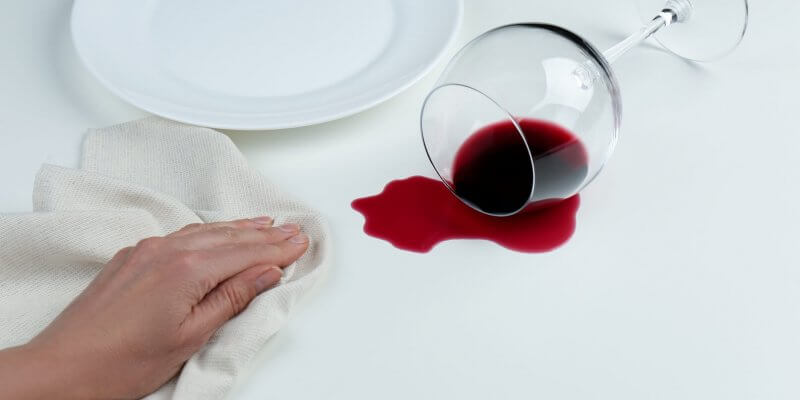
If the glass of wine is spilled on the tablecloth while toasting, rinse the affected area with club soda or sparkling water as soon as possible, as the bubbles will help remove the stain. Then, dry the moisture with kitchen paper and wash it in the washing machine, depending on the type of fabric: a cycle at 40ºC, for cotton fabrics, and at 30ºC, when it is silk or wool. Although adding salt to remove the red wine stain from the tablecloth is very common, it is a mistake because the tannins tend to stick more. Another good tip is to spray the stain with Hairspray liberally, then blot dry and repeat, if you think necessary, and wash in the washing machine at a very high temperature. We have another little trick: moisten a cloth with white wine and dab on the stain on the tablecloth; then wash with soap and water. If you have not been able to act quickly, Pour a mixture of equal parts detergent and hydrogen peroxide over the wine stains. If the garment is white, apply a little lemon juice.
3- Chocolate ice cream stains
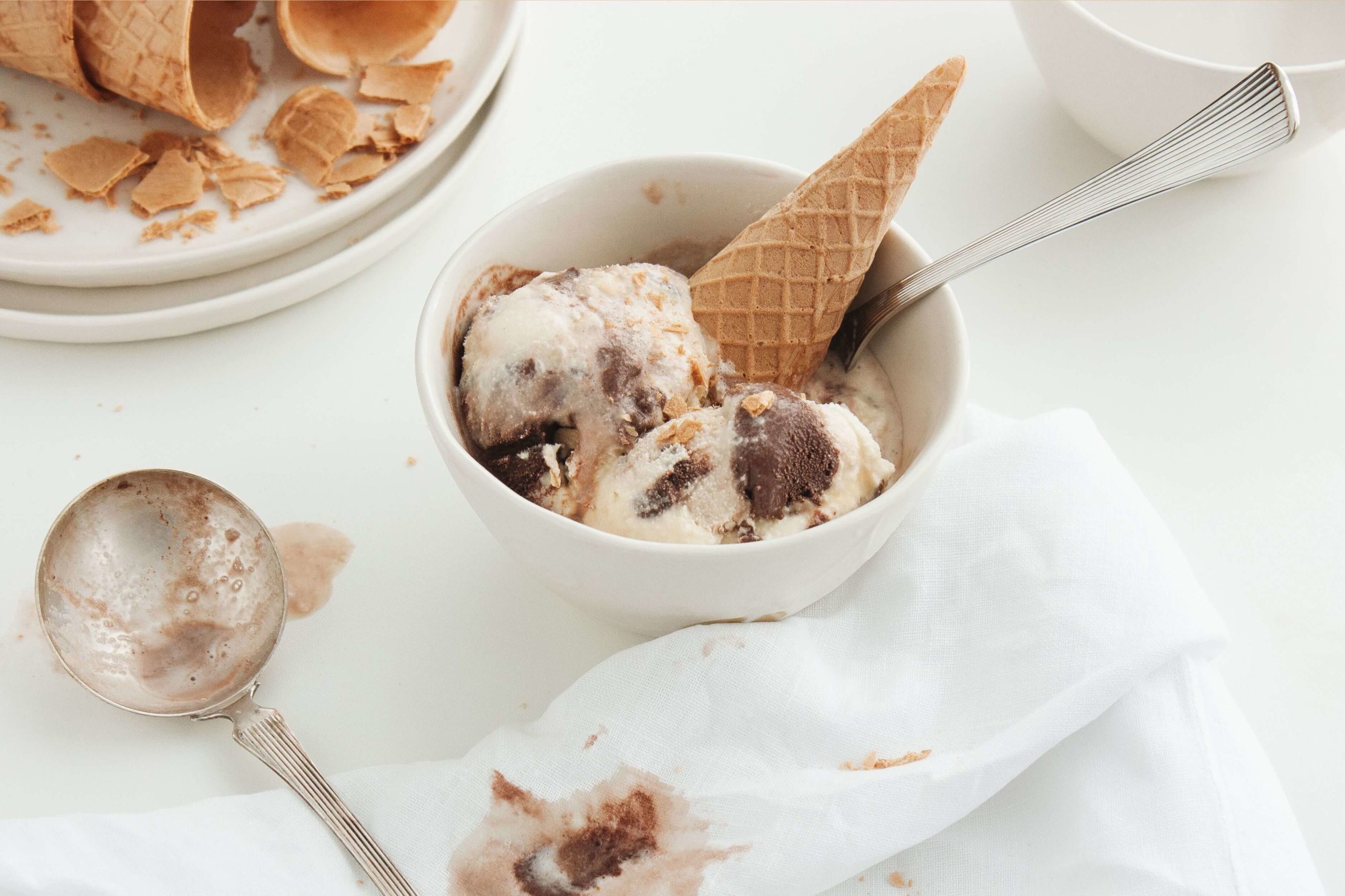
Act quickly so that the stain comes out better. Scoop out as much as possible with the back of a spoon. Moisten with water and rub with dishwashing liquid. If the fat persists, sprinkle with Cornstarch, leave for 10 minutes, brush, and remove.
4- Red fruit

Watermelons, cherries, raspberries, etc., are delicious at this time, but they leave difficult stains on textiles. Eliminate them by soaking them in cold water and milk for a couple of hours. After that time, wash as usual. If the stain persists, apply lemon or white vinegar directly. For the rest of the fruits, remove the solid remains with a spoon, dry with a paper towel, and apply a little glycerin on the area to be rubbed.
5- Oil stains
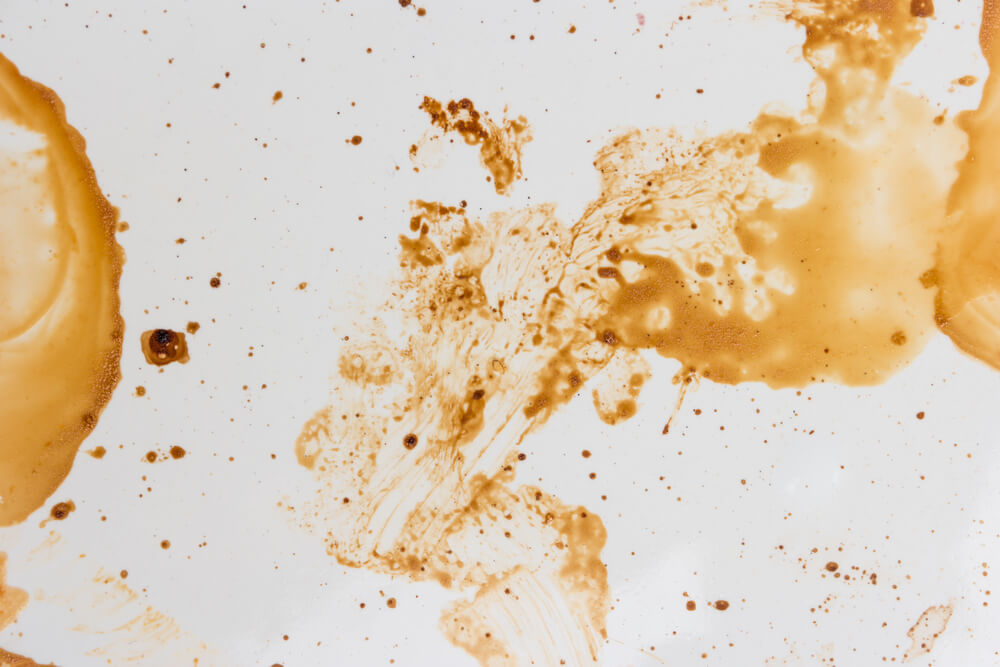
Use a solution of water, vinegar, and alcohol. If it persists, let the stain dry. Once it is dry, apply a grease remover product like the one you use in your kitchen. Do it directly on the fabric and rub. Afterward, wash in the washing machine as you normally would.
6- Tomato stains
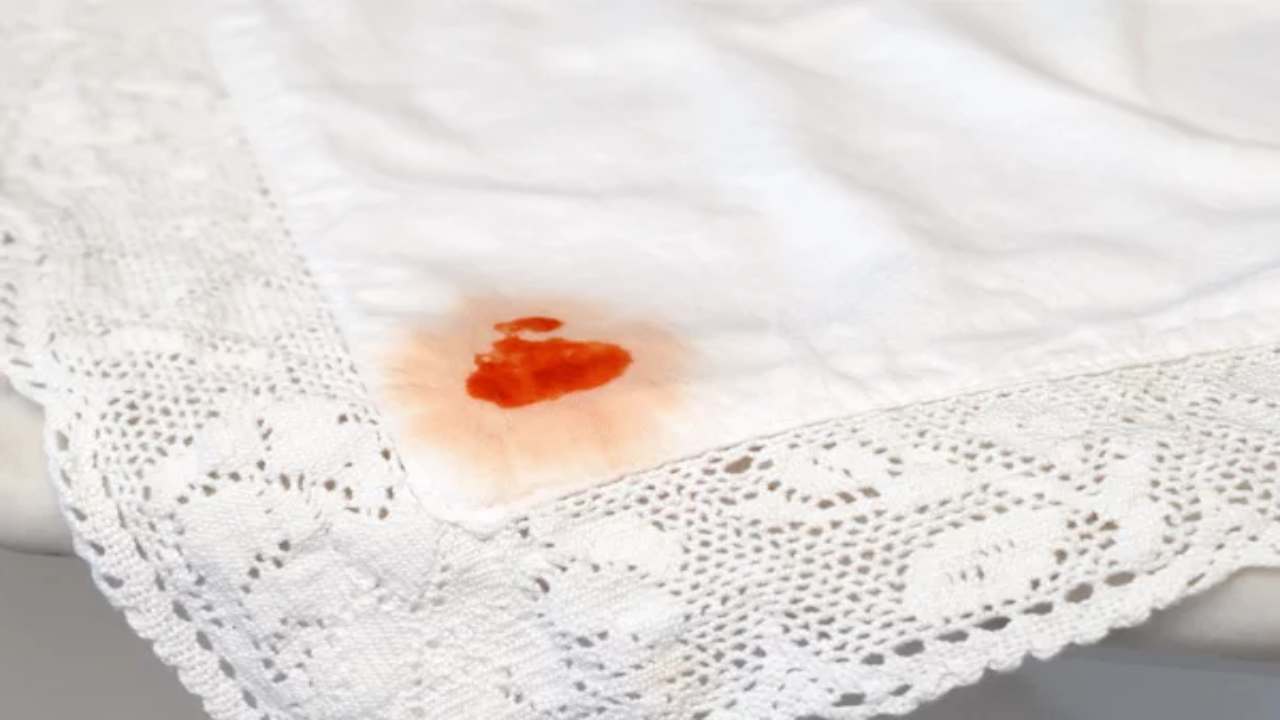
To remove the stain, previously mix diluted ammonia and soap. Rub vigorously. Then, put it in the washing machine, and you will see how it finishes cleaning it.
7- Coffee stains

Absorb the excess with kitchen paper and pour a stream of sparkling water over it—Re-absorb with kitchen paper. The stain will fade as you repeat the process.
8- Chocolate stains
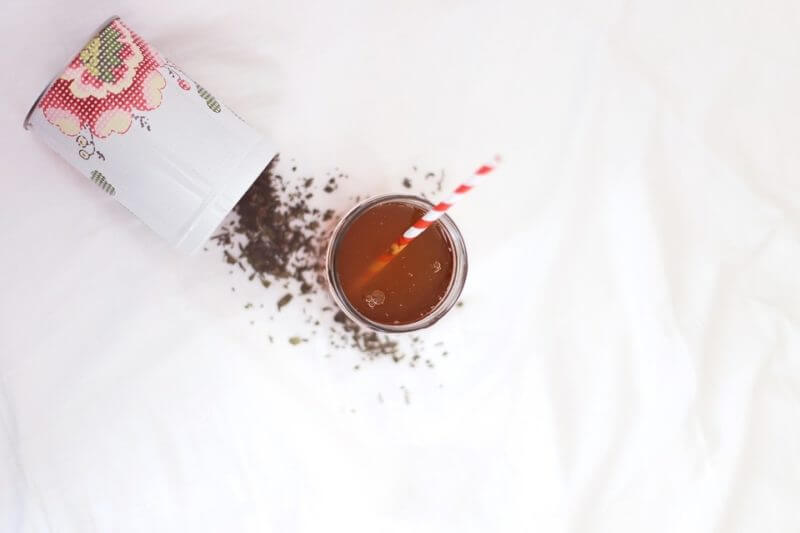
Use a mixture of water and ammonia.
9- Marker pen stains
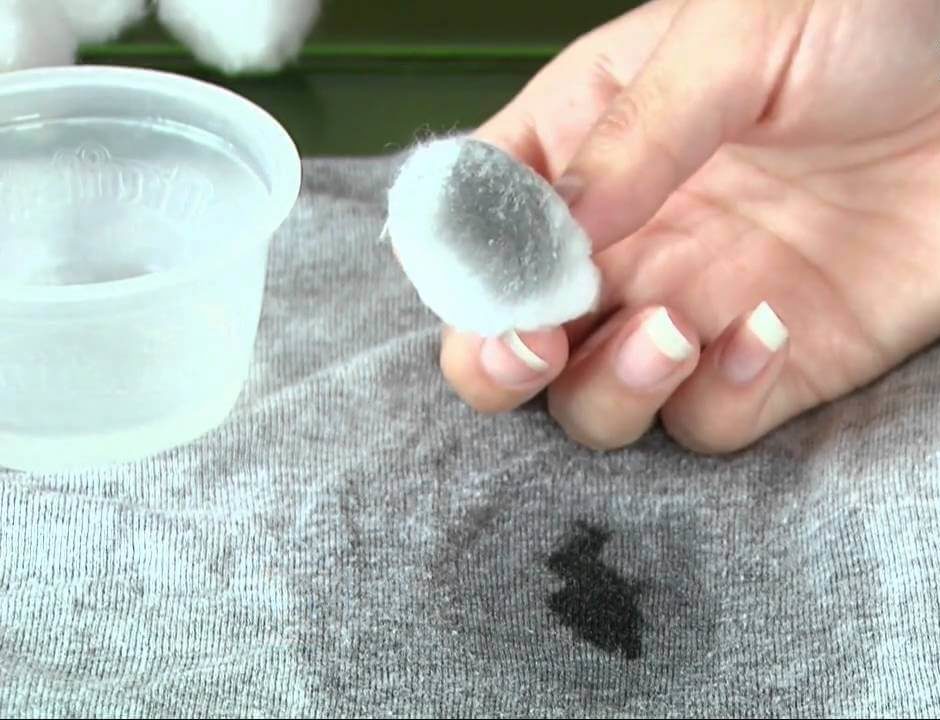
The best? Hand sanitizers or hydroalcoholic gels. Mano de Santo… and never better said, although we have more ideas on removing permanent marker stains.
WHAT KIND OF FABRIC DOES YOUR TABLECLOTH HAVE?
10- Cotton tablecloths
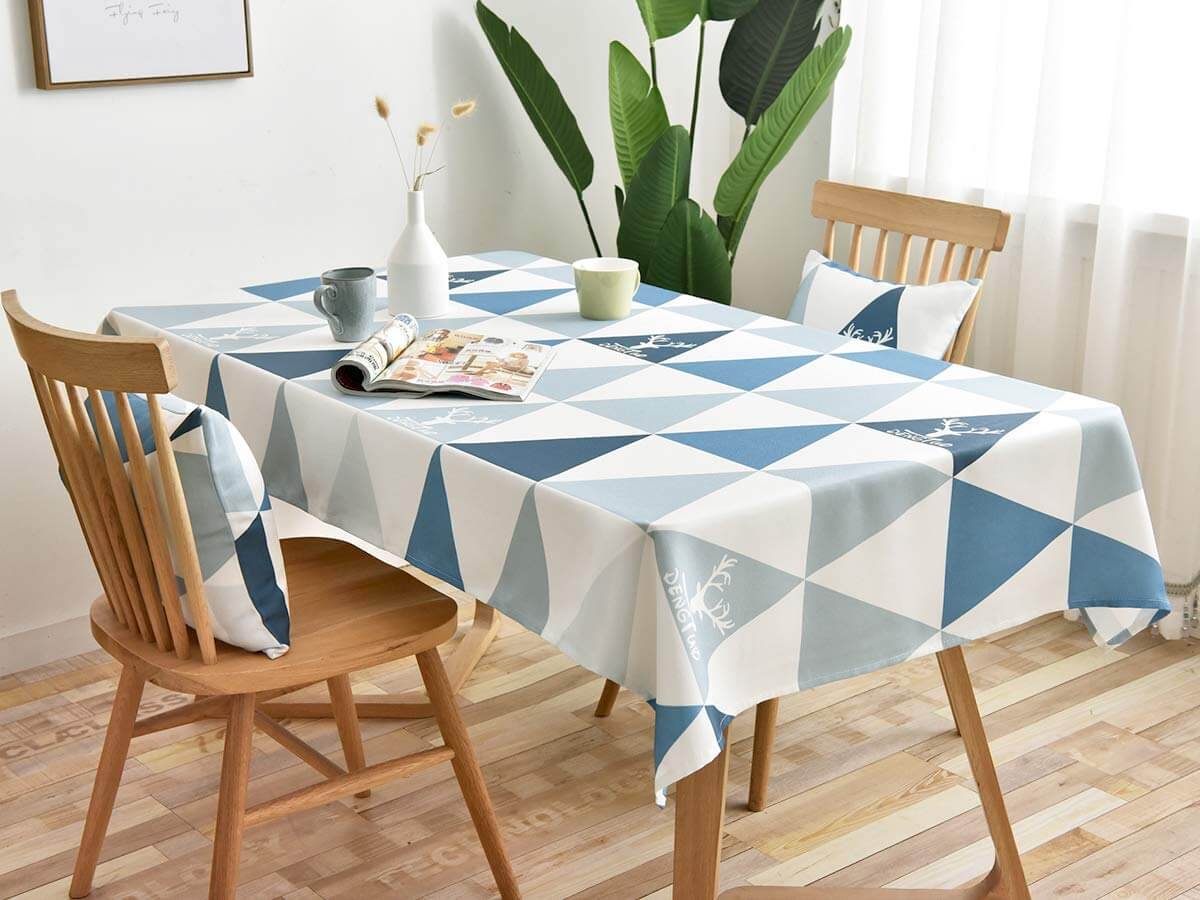
This fabric resists everything, washing at a high temperature, bleach, very hot ironing… Its only drawback is that it can shrink. Try to do the first wash at 60ºC. Iron them at 150º C maximum and slightly damp.
11- Linen tablecloths

Linen stars on the tables in summer due to its freshness, although it is a somewhat delicate material. Wash it at a maximum of 40ºC and use a short spin, which avoids the inevitable wrinkles. The iron must not exceed 200 ºC.
12- Intensely colored tablecloths

It can lose vibrancy with washing. The first time, put them separately in the washing machine if they fade. One hundred percent cotton ones will shrink if the water temperature is too hot. Please read the label before putting them in the washing machine and follow the instructions for the letter.
For houses with many children, choose tablecloths with a resin-coated or stain-resistant finish to stay clean longer. Finally, when you pick up the tablecloth from the clothesline, fold it to be easier to iron. Place it on a flat surface and let it cool before storing it on the sideboard so that there are no fold marks.

